Custom Superalloy Parts Factory and Supplier
Superalloy Power Generation Parts Manufacturing Services
Neway offers Vacuum Investment Casting, Single Crystal Casting, Directional Casting, Equiaxed Casting, Powder Metallurgy, Superalloy CNC Machining, and 3D Printing. They manufacture high-temperature alloy nuclear parts like turbine blades, nozzles, combustion chambers, impellers, and turbine discs.

Power Generation Superalloy Parts Manufacturing Solutions
Neway uses several manufacturing processes for power generation superalloy parts, including vacuum investment casting for turbine blades and combustion chambers, directional and single-crystal casting for high-efficiency turbine components, powder metallurgy for turbine discs, precision forging for strength-critical parts, CNC machining for high-precision tolerances, and Hot Isostatic Pressing (HIP) and Thermal Barrier Coating (TBC) for enhanced durability.
Power Generation Superalloy Material Solutions
Superalloy selection for power generation focuses on materials with high-temperature strength, corrosion resistance, and thermal stability. Inconel, CMSX, Nimonic, and Rene alloys are widely used in gas and steam turbines, heat exchangers, and power boilers. Their ability to withstand extreme environments ensures durability and efficiency, making them ideal for high-pressure turbine blades, vanes, and other hot-section components in power plants.
Power Generation Parts Post Process and Surface Treatment Solutions
We offer post-processing and surface treatments such as Hot Isostatic Pressing (HIP), heat treatment, welding, CNC machining, and Thermal Barrier Coating (TBC) for power generation components. These include turbine blades, discs, nozzles, combustion chambers, and afterburners, primarily made from Inconel, Hastelloy, and Rene alloys, enhancing performance, durability, and resistance to extreme temperatures.
Superalloy Components In Power Generation Industry
We have manufactured superalloy components like turbine blades, discs, impellers, nozzles, combustion chambers, and afterburners for the power generation industry. We use advanced processes such as single crystal casting, directional casting, powder metallurgy, and precision forging. Post-processing includes HIP, heat treatment, CNC machining, welding, and Thermal Barrier Coating (TBC) to enhance durability and performance.

learn more
Direct Reading Spectrometer

learn more
Tensile Testing Machine Checking

learn more
X-ray Checking

learn more
Thermal Physical Properties Test Platform
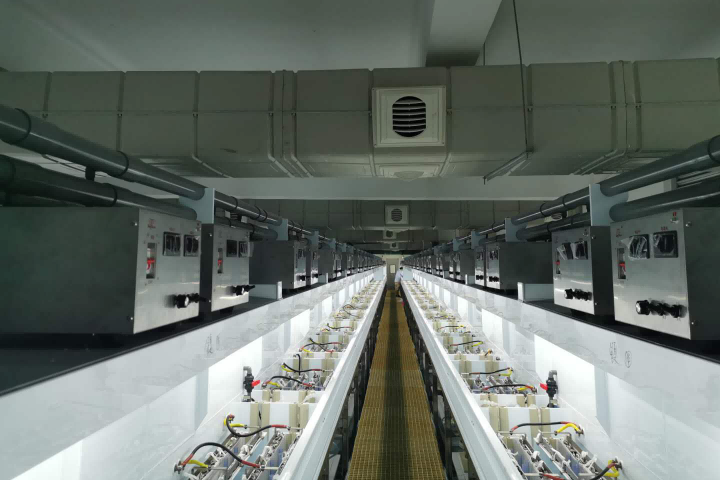
learn more
Corrosion Production Line

learn more
Dynamic and Static Fatigue Tester

learn more
Electron Backscattering Diffractometer (EBSD)

learn more
Inductively Coupled Plasma Optical Emission Spectrometer (ICP-OES)

learn more
3D Scanning Measuring Instrument Checking

learn more
Coordinate Measuring Machine (CMM)

learn more
Glow Discharge Mass Spectrometer (GDMS)
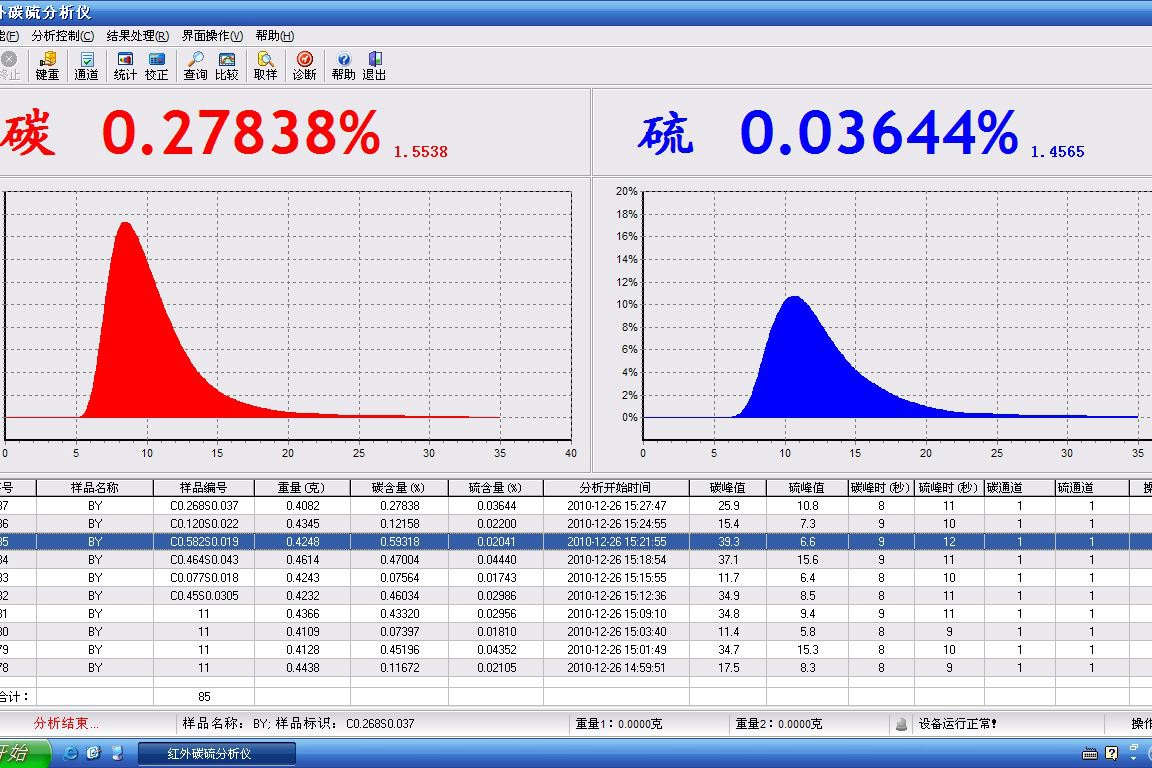
learn more
Carbon Sulfur Analyzer Checking
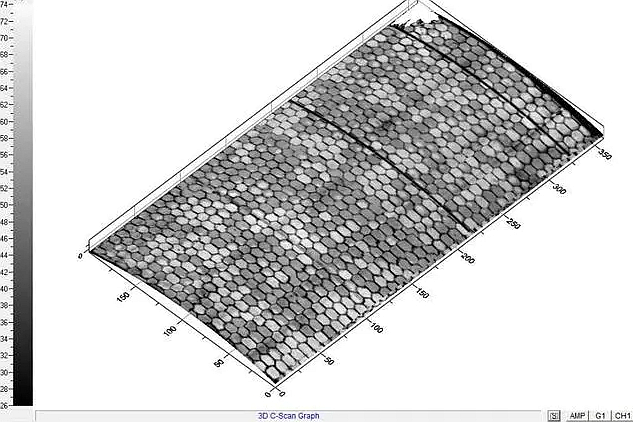
learn more
Water Immersion Ultrasonic Inspection

learn more
Line Array Industrial CT(GE)

learn more
Scanning Electron Microscope (SEM) Checking

learn more
Simultaneous Thermal Analyzer (STA) Checking
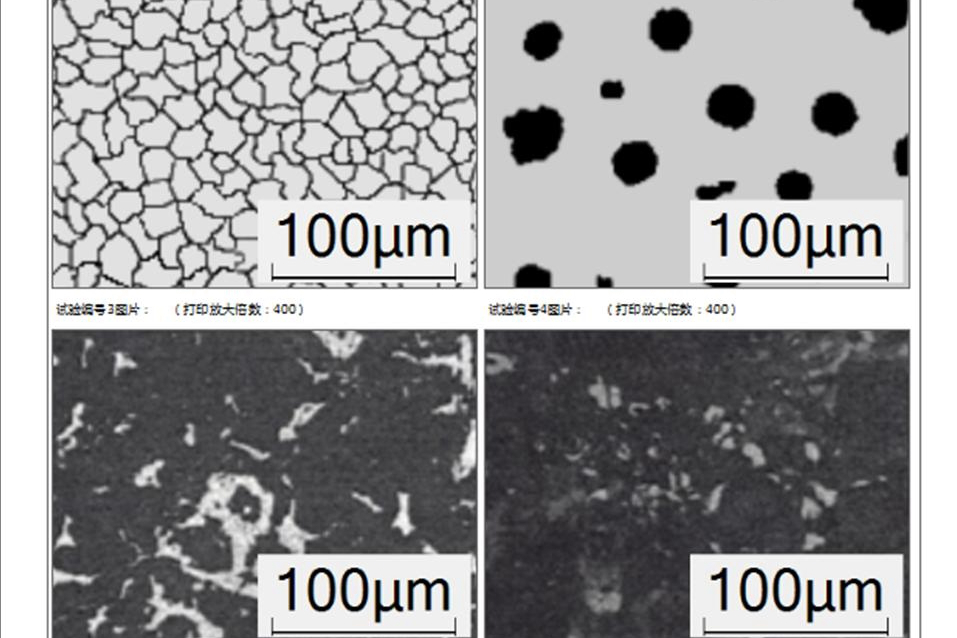
learn more
Metallographic Microscopy Checking
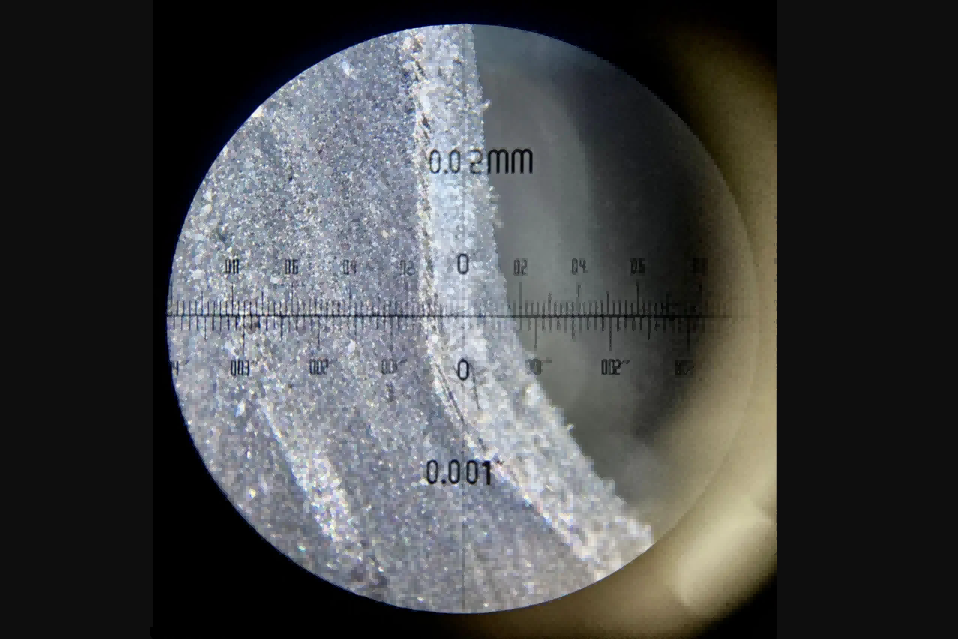
learn more
Stereo Microscope Checking

learn more
New Technology
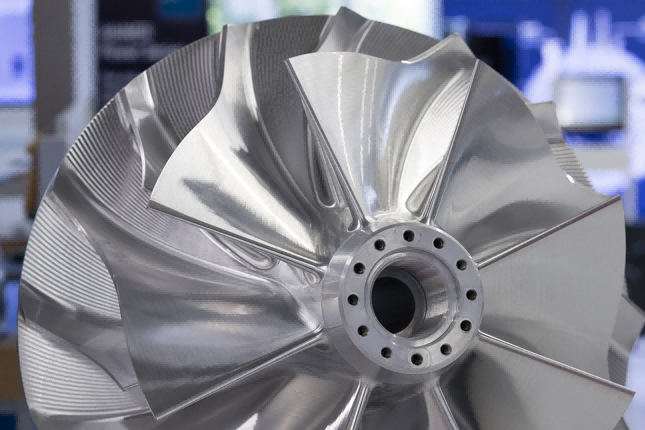
learn more
Products Gallery
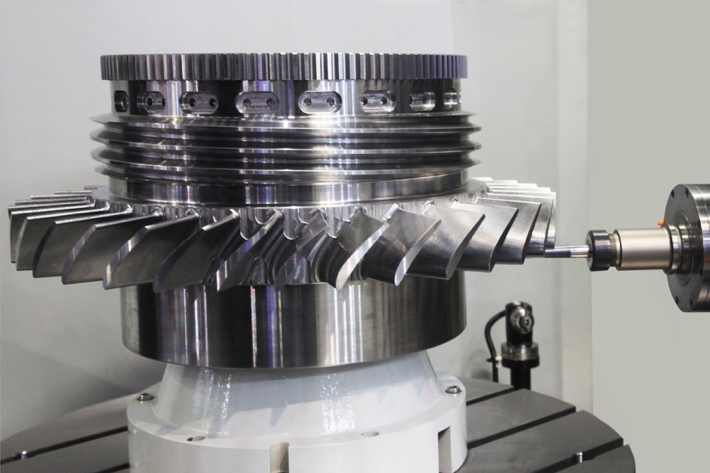
learn more
Various Industries

learn more
Surface Finishings

learn more
Post-Process

learn more
Manufacturing Technology

learn more
R&D and Simulation

learn more
Manufacturing Equipments

learn more
Testing Equipments

learn more
3D Printing Prototyping

learn more
FAQs

learn more
Contact
Let's Start A New Project Today












